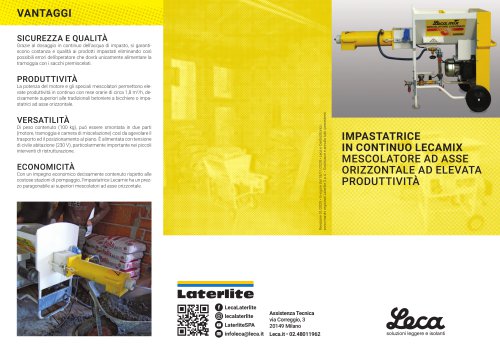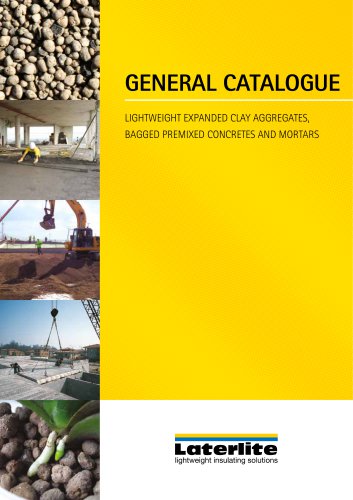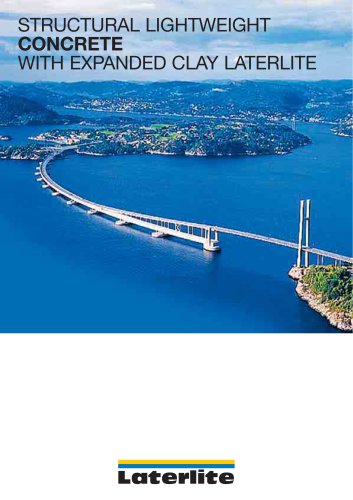 Website:
Laterlite s.p.a.
Website:
Laterlite s.p.a.
Group: Laterlite S.p.A.
Catalog excerpts

LIGHTWEIGHT AND STRONG SOLUTIONS WITH LATERLITE EXPANDED CLAY AND STRUCTURAL LIGHTWEIGHT CONCRETES lightweight insulating solutions
Open the catalog to page 1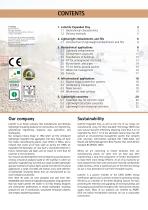
1. Laterlite Expanded Clay 1.1 Geotechnical characteristics 1.2 Delivery methods For the most up-to-date and complete information, refer to our Technical Data Sheets or visit our website at www.laterlite.com. For further information please contact Laterlite Technical Service. 2. Lightweight embankments and fills 2.1 Construction of lightweight embankments and fills 2015 © Laterlite All rights reserved. Unauthorised reproduction, wholly or in part, is forbidden. 3. Geotechnical applications 3.1 Lightened embankments 3.2 Containment structures 3.3 Foundations of buildings 3.4 Fill for...
Open the catalog to page 2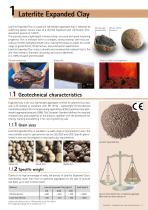
1 Laterlite Expanded Clay Laterlite Expanded Clay is a granular lightweight aggregate that is obtained by subjecting special natural clays to a thermal expansion and vitrification (clinkerisation) process at 1200°C. The granules have a lightweight internal cellular structure with good insulating properties. This is enclosed within a compact, strong external shell that provides an excellent weight/strength ratio, making the product suitable for a wide range of geotechnical, infrastructure, and construction applications. Laterlite Expanded Clay is also a durable and incombustible material that...
Open the catalog to page 3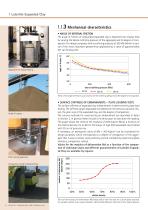
1 Laterlite Expanded Clay Apparatus for triaxial testing. • ANGLE OF INTERNAL FRICTION The angle of friction of unbounded expanded clay is obtained from triaxial tests by varying the lateral confining pressure of the aggregate and its degree of compaction. For design purposes, with a confining pressure of 200 kPa (which is typical of the most important geotechnical applications), a value of approximately 40° can be assumed. lateral confining pressure (KPa) Trend of the angle of friction as a function of the confining pressure and the degree of compaction. Plate testing apparatus. Compaction of...
Open the catalog to page 4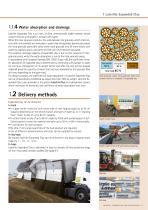
1 Laterlite Expanded Clay 1.1.4 Water absorption and drainage Laterlite Expanded Clay is an inert, vitrified, dimensionally stable material whose volume remains unchanged in contact with water. When the inter-granular voids (i.e. the voids between the granules, which interconnect with one another) are immersed in water they immediately become saturated; the intra-granular pores (the voids within each granule) only fill more slowly with water by capillary action, and some of them will never become saturated. The excellent drainage capacity of expanded clay is due to this network of...
Open the catalog to page 5
2 Lightweight embankments and fills 2.1 Construction of embankments/fills 3-6 cm bituminous wearing surface 10-15 cm bituminous road base Depending on the technical and economical constraints, expanded clay embankments and fills can be constructed in the following ways: 1. Embankments/fills consisting of expanded clay only (Figure 1) Average density after completion: 400 - 600 kg/m3. Expanded Clay spread to variable thickness Spreading sequence (repeated): - A geotextile separation layer (if required) is laid in contact with the founding ground - Expanded clay is laid to a thickness that is...
Open the catalog to page 6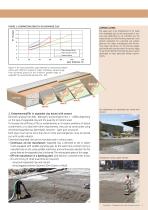
FIGURE 3: COMPACTION DIRECTLY ON EXPANDED CLAY CAPPING LAYERS The upper part of an embankment or fill made from expanded clay can be constructed in various ways depending on its intended use, the loads carried, and the finishing materials: from growth substrates for a planted top surface, granular mix layers interspersed with bituminous layers (as shown on the previous page), and reinforced concrete slabs for various types of top finish. Specific technical solutions can be developed to meet particular design requirements. Plate vibrator 80 kg Plate vibrator 140 kg Tracked vehicle Figure 4: The...
Open the catalog to page 7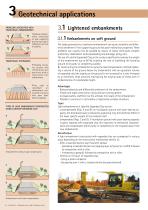
3 Geotechnical applications PROBLEMS ASSOCIATED WITH TRADITIONAL EMBANKMENTS Traditional embankments constructed on poor supporting ground may lead to settlement and loss of stability. TRADITIONAL TECHNIQUES Preloading founding ground with vertical drains and quarry mix, prior to construction of an embankment. Piling used to consolidate an embankment constructed on ground with poor loadbearing capacity. TYPES OF LIGHT EMBANKMENT CONSTRUCTED Laterlite USING LATERLITE EXPANDED CLAY Laterlite Embankments without load compensation. Embankments with load compensation. 8 - Laterlite - Geotechnics...
Open the catalog to page 8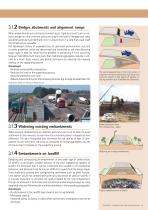
3.1.2 Bridges abutments and alignment ramps When embankments are constructed connecting to “rigid structures” such as viaducts, bridges or other concrete works, any drop in the level of the approach ramp would be particularly problematic, since it would result in a step that could make the infrastructure unusable. The lightweight nature of expanded clay, its optimised granulometric size, and its other properties, which are determined and controlled at the manufacturing stage, make it ideal for resolving this problem or preventing it from occurring, because it densifies much more easily than...
Open the catalog to page 9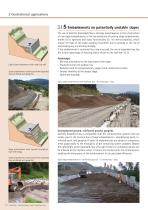
3.1.5 Embankments on potentially unstable slopes Light slope embankment with retaining wall. Slope embankment constructed from expanded clay reinforced with geogrills. The use of Laterlite Expanded Clay is strongly advantageous in the construction of new slope embankments, or the reinstatement of existing slope embankments, thanks to its lightness and static functionality (i.e. its internal stability), which reduce the load on the slope, avoiding movement due to landslip or the risk of reactivating any pre-existing landslip. If the embankment is contained by a retaining wall, the use of...
Open the catalog to page 10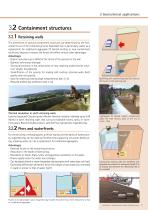
3.2 Containment structures 3.2.1 Retaining walls The dimensions of ground containment structures are determined by the horizontal thrust of the contained ground. Expanded clay is particularly useful as a replacement for traditional aggregate fill behind existing or new containment structures, because it reduces the thrust and offers various other advantages. Advantages - Drastic reduction (up to 80%) of the thrust of the ground on the wall - Optimal, continuous drainage - Structural economy in the construction of new retaining walls (slimmer structure, simpler foundations) - Simplification of...
Open the catalog to page 11All Laterlite s.p.a. catalogs and technical brochures
-
scheda-tecnica-bitumleca
2 Pages
-
scheda-tecnica-sabbia-leca
2 Pages
-
scheda-tecnica-lecadrain
2 Pages
-
scheda-tecnica-agrileca
2 Pages
-
scheda-tecnica-idroleca
2 Pages
-
General-catalogue
28 Pages
-
General Catalogue
28 Pages
-
Structural Lightweight Concrete
32 Pages


